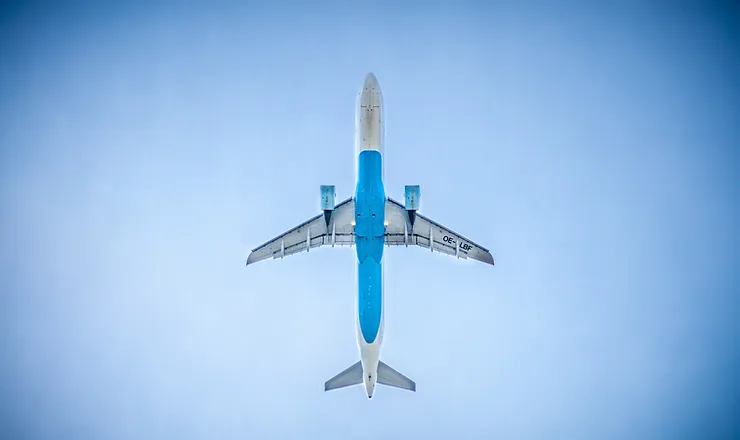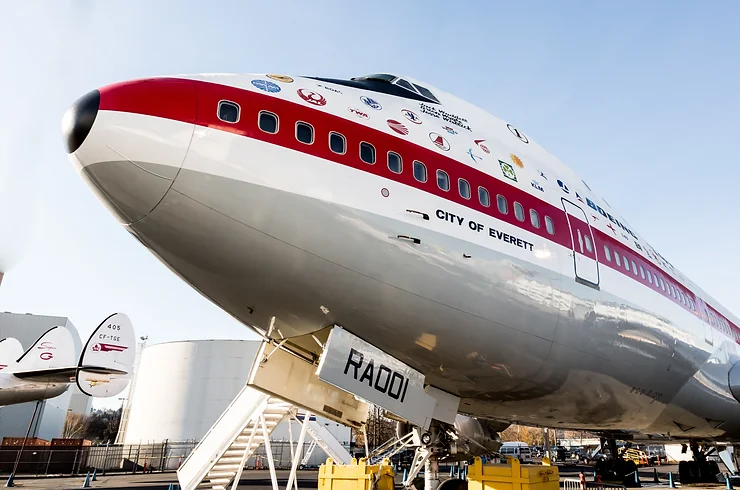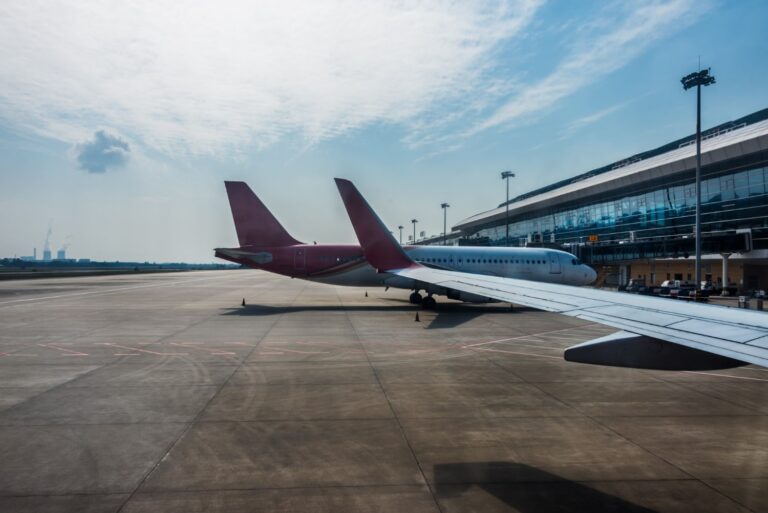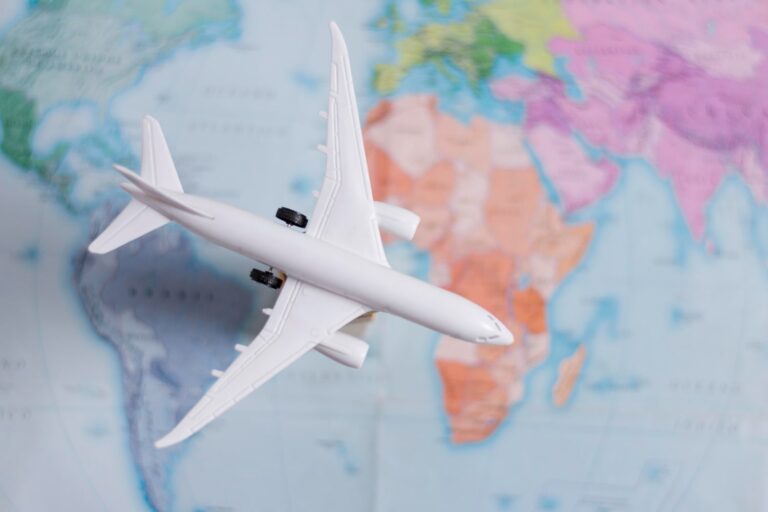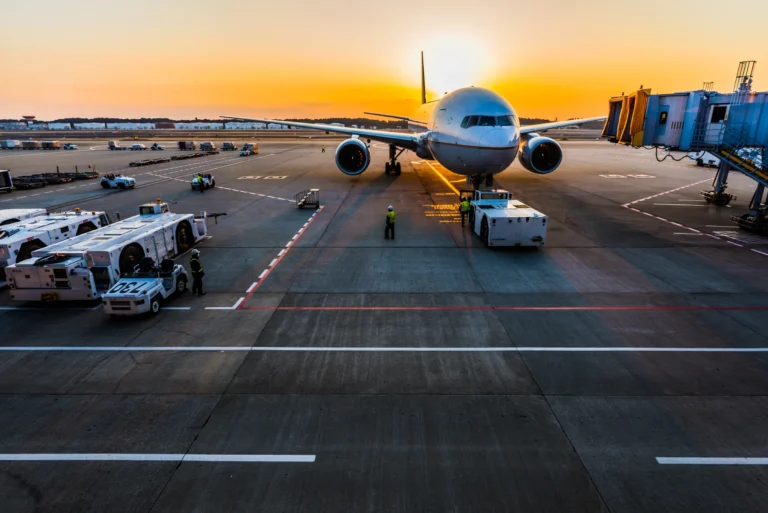E-commerce chooses the plane
The last 10 years have been a time of records for air freight forwarding. Both the glorious and the not so glorious.

From 2015 to 2020, the annual share of the air freight forwarding market in global cargo transport consistently increased by several percent, reaching a record 8 percent in 2017.
Three years later, with the COVID-19 pandemic, an inglorious record came. In 2020, more than 101,000 tons of cargo “on board” were transported, which is an 18.1% decrease compared to 2019. The tourism industry almost stopped, and with it passenger planes, which could take an additional 30 tons of goods into the hold each time.
We buy more, we send more
Fortunately, 2021 brought a dynamic increase in the value of the serviced sector by over 14.9%, giving the fastest growth in the sector since 2011 – data from a report by Transport Intelligence (TI). This growth is the result of the dynamic development of e-commerce sales, and demand related to the medical sector (COVID-19 vaccines, masks), which almost 100% fell on the aviation industry. Additionally, land and ocean transport were not able to handle the huge demand for transport services in 2021, hence many entrepreneurs moved to air transport. 2022 is again a slight decline related to the slowdown in economic development and the geopolitical situation and war in Ukraine. Further TI forecasts clearly indicate a marriage of international e-commerce purchases with air freight forwarding. In the period 2021-2026, the increases may not be spectacular, but for the air cargo industry they will be at a stable average annual level of 4%.
Where do freighters most often fly?
In 2021, these were Asia and the Pacific, North America and South America, with only Asia (with 13.8%) recording growth higher than the global average (18.3% year-on-year). TI analysts expect that in 2022, in both segments of global forwarding, the North American market will develop faster than both the Asian and European markets. However, in the perspective of 2026, this trend is to reverse and the three largest markets will see the best average annual growth (4.5% compared to 3.4% in Europe and 3% in North America). Interestingly, the global leader in growth in both segments during this period is to be the Sub-Saharan Africa region, which is to be the fastest growing air freight market in 2022.

